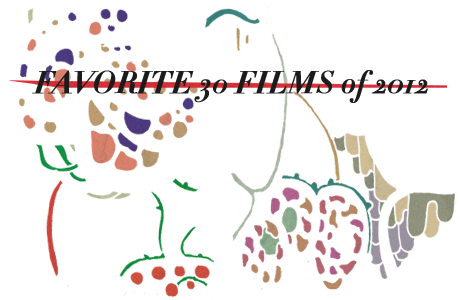We celebrate the end of the year the only way we know how: through lists, essays, and mixes. Join us as we explore the music and films that helped define the year. More from this series
10. Doggiewoggiez! Poochiewoochiez!
Dir. Everything Is Terrible!
[Everything Is Terrible!]

At first, we were a little taken aback by this wondrous monstrosity. A feature-length, (mostly) faithful adaptation of Jodorowsky’s Holy Mountain made entirely from clips of dozens of terrible movies about/starring dogs, you say? Don’t mind if we do! TMT has always been fond of works that question the need for a line between trash and art, which is why it wasn’t at all surprising when we went all tingly over a film that obliterated that line entirely. Sure, the first half-hour was a sensory overload of nearly unparalleled hilarity, but slowly and almost imperceptibly, Doggiewoggiez! (TMT Review) began to approach transcendence. The purely silly rapid-fire clips of cinematic odes to the canines achieved a hypnotic effect, as laughter gave way to awed recognition of some totally other kind of genius. It’s a lovely idea, that a piece of work can be greater than the sum of its parts — and it’s probably lovely mainly because it’s entirely unprovable. And so it was with this, the culmination of years of practice from the found-footage masters comprising the Everything Is Terrible! collective. So far, it’s the pinnacle of their work. But we’re confident it won’t remain so for very long. They’re just getting started.
09. Damsels in Distress
Dir. Whit Stillman
[Sony Pictures Classics]
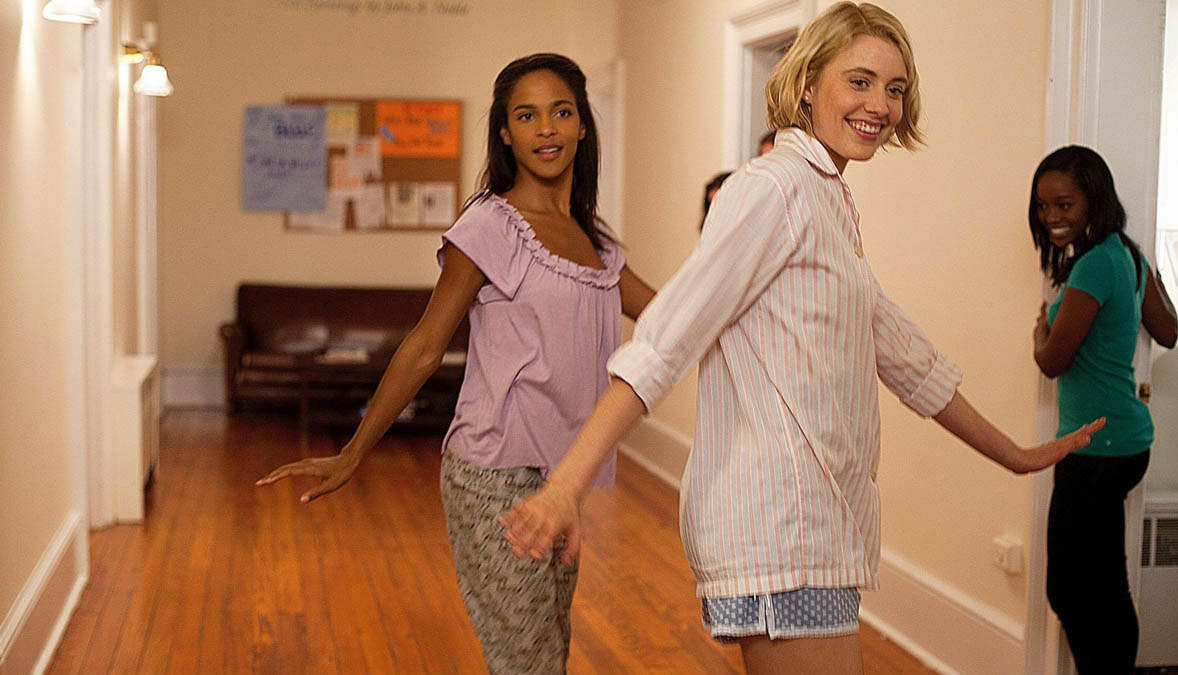
Leave it to Whit Stillman to bank on traditional filmmaking in a year when convention and formality were bucked relentlessly elsewhere. Damsels in Distress (TMT Review) was so unironically straightforward that one couldn’t help but look for its maker’s smirk. At fictional Seven Oaks College, a small sisterhood tasked itself with regulating an entire university’s moral ballast. Greta Gerwig, already Sevigny’s heir apparent, stepped into the quintessential Stillman role as an insistent, hectoring, easily discomfited young matron; as she introduced and inculcated her new charge (Analeigh Tipton), Stillman showed us a worldview as whimsically conservative and as deftly comical as the one he offered back in 1990’s Metropolitan. His first film in 13 years, Stillman has now perfected the marriage of lecture and comedy; his satire of emotionally hyperbolic undergraduates is flawless, to the point where students try to kill themselves by jumping off the roof of a two-story building. Although cinema came heavy with the ennui in 2012, Stillman’s world gave cynicism no quarter; in Damsels, the height of noblesse oblige came in the form of a new dance craze, and all you needed to purify yourself was quality soap.
08. Beasts of the Southern Wild
Dir. Benh Zeitlin
[Fox Searchlight Pictures]
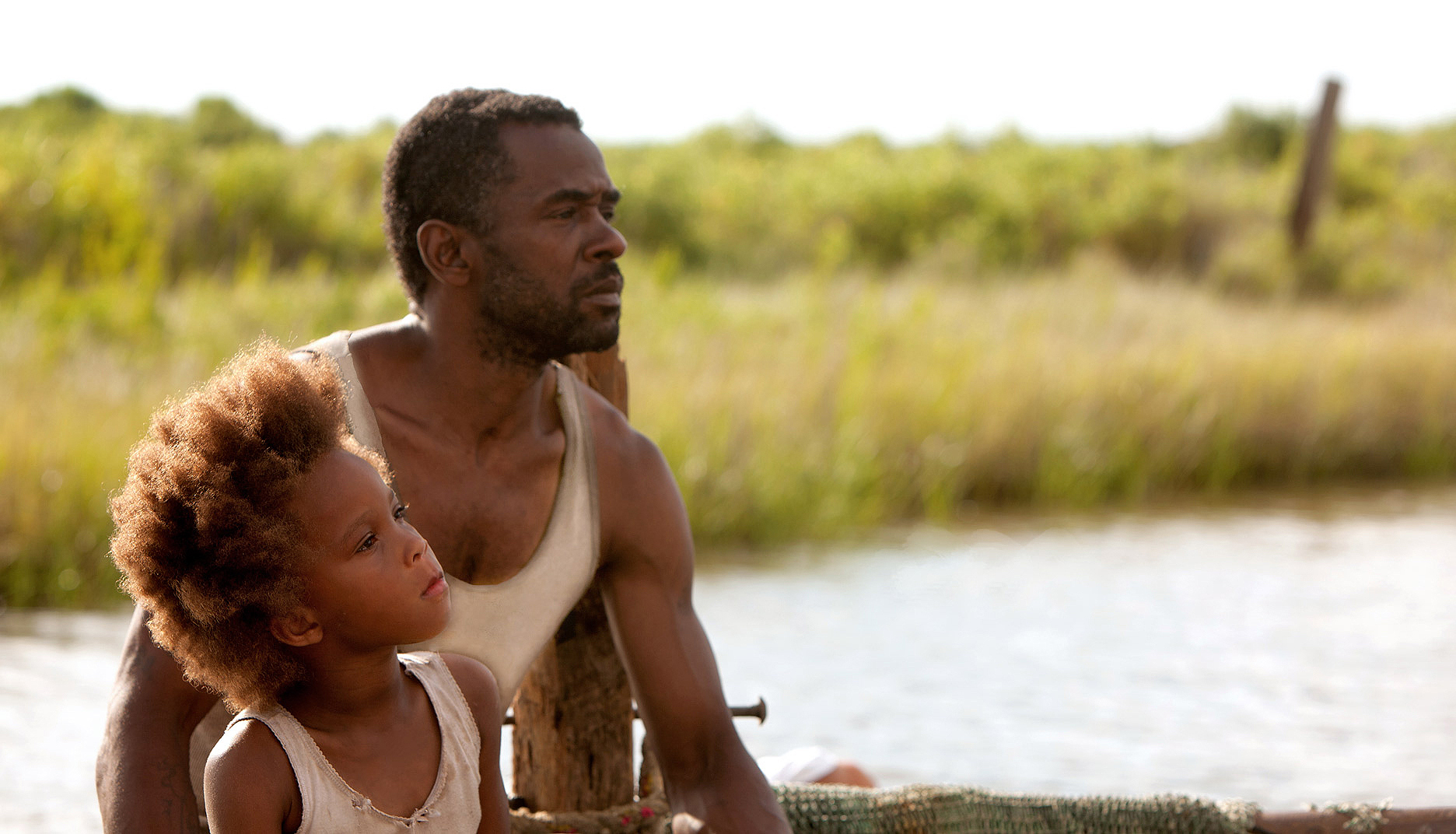
I feel extremely lucky that I went into Beasts of the Southern Wild (TMT Review) blank. I hadn’t seen a trailer, knew nothing of the plot, and the tidal wave of praise it was getting remained vague hearsay; I just knew “you had to see it!” from friends who had already gone to press screenings. The first time I watched it was like experiencing a Miyazaki film in real life. Director and co-writer Benh Zeitlin weaved harsh realities and colorful fantasy into truth, all with a starry-eyed joy. In the center of all the splendor was a 6-year-old girl named Hush Puppy (Quvenzhané Wallis); like a modern-day Ulysses, she faced beasts (some fantastical, others painfully relatable), travelled to hell and back, learned about death, and eventually understood that being a little piece in a big universe is okay. The tiny Wallis is gargantuan, and it’s her performance (and Dwight Henry’s as her sick father Wink) that kept us so emotionally invested as the film ebbed and flowed from moments of tranquility to explosive peaks of intensity. With its untamed magic, Beasts of the Southern Wild was unlike anything else this year.
07. This Is Not a Film
Dir. Jafar Panahi
[Palisades Tartan]
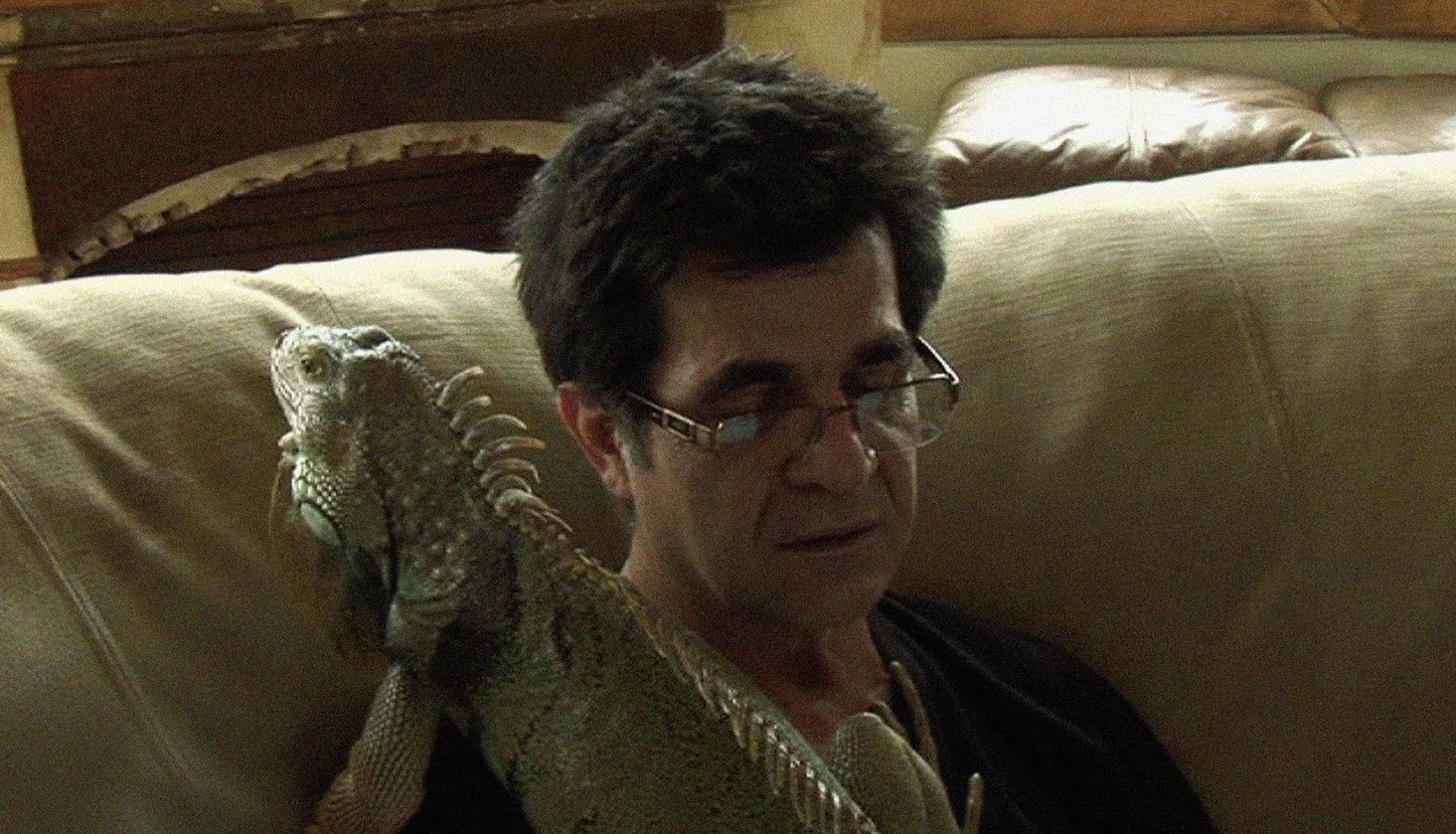
Persian director Jafar Panahi could be sent back to prison at any time. He has 18 years remaining of a 20-year ban from directing, writing, or editing films, because his views don’t jibe with those of Iran’s Islamist government. This Is Not a Film (TMT Review), smuggled out of Iran on a thumb drive hidden inside a cake, was more a successful exercise in civil disobedience than an art piece, and much of its power as a non-film stemmed from this political oomph. Shot partially on consumer-grade DV camera and partially on iPhone, This Is Not a Film was a day-in-the-life-style documentary (or “video diary”) with unusual poignancy for a story that basically showed a guy bored in his apartment all day. Panahi’s quiet desperation under house arrest, awaiting the result of his appeal of that career-crippling sentence, and his claustrophobia, both physical and mental, resonated deeply with Western audiences. This wasn’t the kind of depiction of oppression of the “other” in foreign lands we were used to, but the oppression of someone with whom we could identify. It wasn’t so long ago that Iran had more in common with France (aside from using Magritte as inspiration for film titles) than its regional neighbors, and we feel a deep simpatico with Persians who seem a part of that old Iran, who seem like us.
06. Once Upon A Time in Anatolia
Dir. Nuri Bilge Ceylan
[NBC Films]
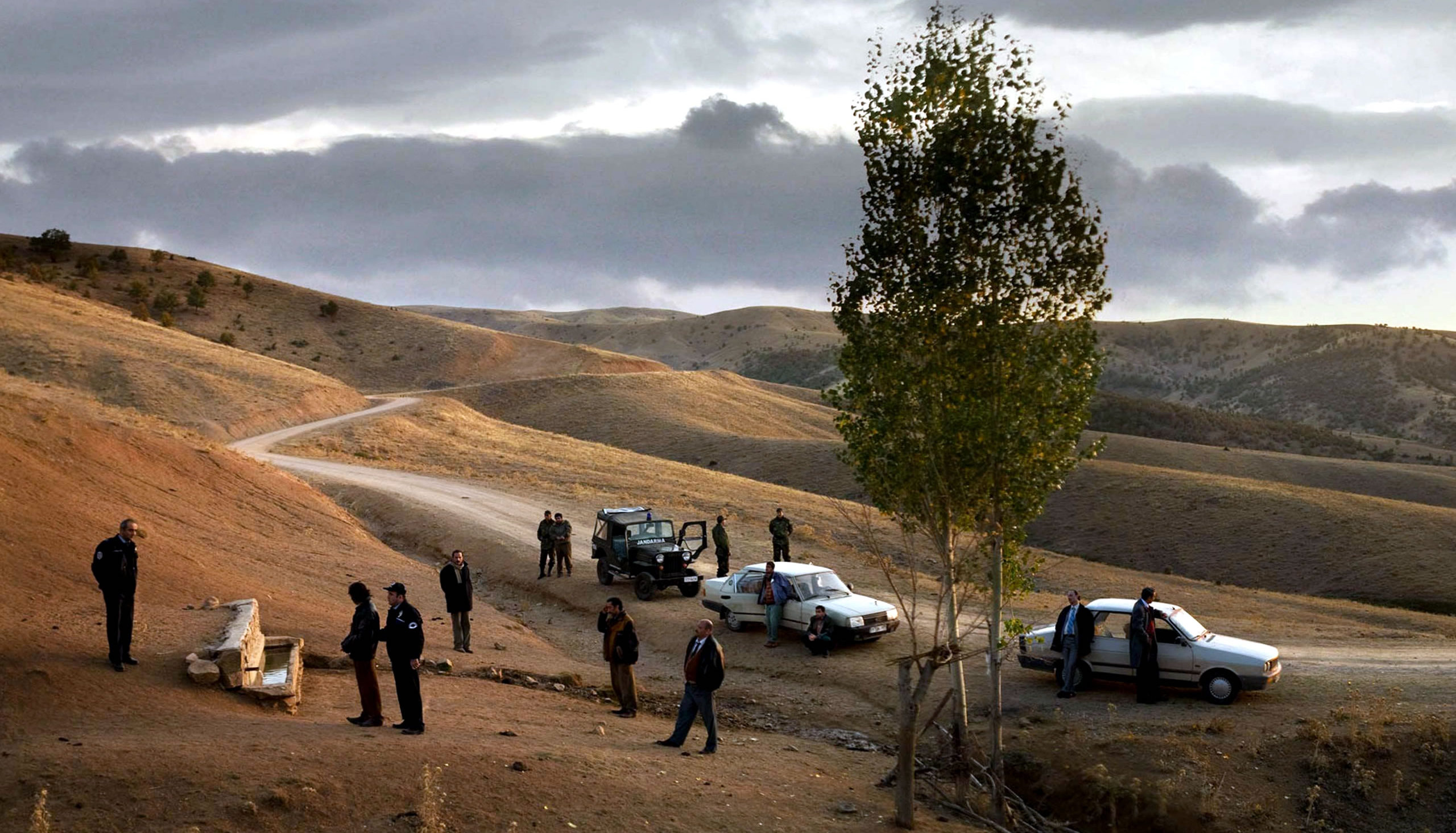
The title of Nuri Bilge Ceylan’s latest refers to Sergio Leone’s violent farewell to the Western myth, but though it shared the Italian director’s love of long, expressive close-ups and gorgeous vistas, all of its deaths took place off-screen. What began as a police procedural was slowly abstracted into a folktale without a punchline: a doctor, a prosecutor, and chief of police take a night drive through the vast Turkish countryside to locate a body, but the would-be murderer in the backseat can’t remember where he left it. With its nearly all-male cast and languorous pacing, Anatolia (TMT Review) was the kind of large-scale arthouse film whose absurdist aims are buoyed by a fascinating attention to detail, as the complicated interplay of philosophy and bureaucracy in everyday life constantly crept into its sprawl of stunning images. It culminated halfway through in one of the year’s most beguiling sequences: in the middle of the night, a luminously beautiful woman brought tea to the men in the midst of a village blackout, the candles lighting their dumbly hypnagogic gazes. It would seem that Ceylan, in his aesthetic rigor and thematic tranquility, strove for the purity of images that took on their own mythic qualities.
05. Oslo, August 31st
Dir. Joachim Trier
[Strand Releasing]
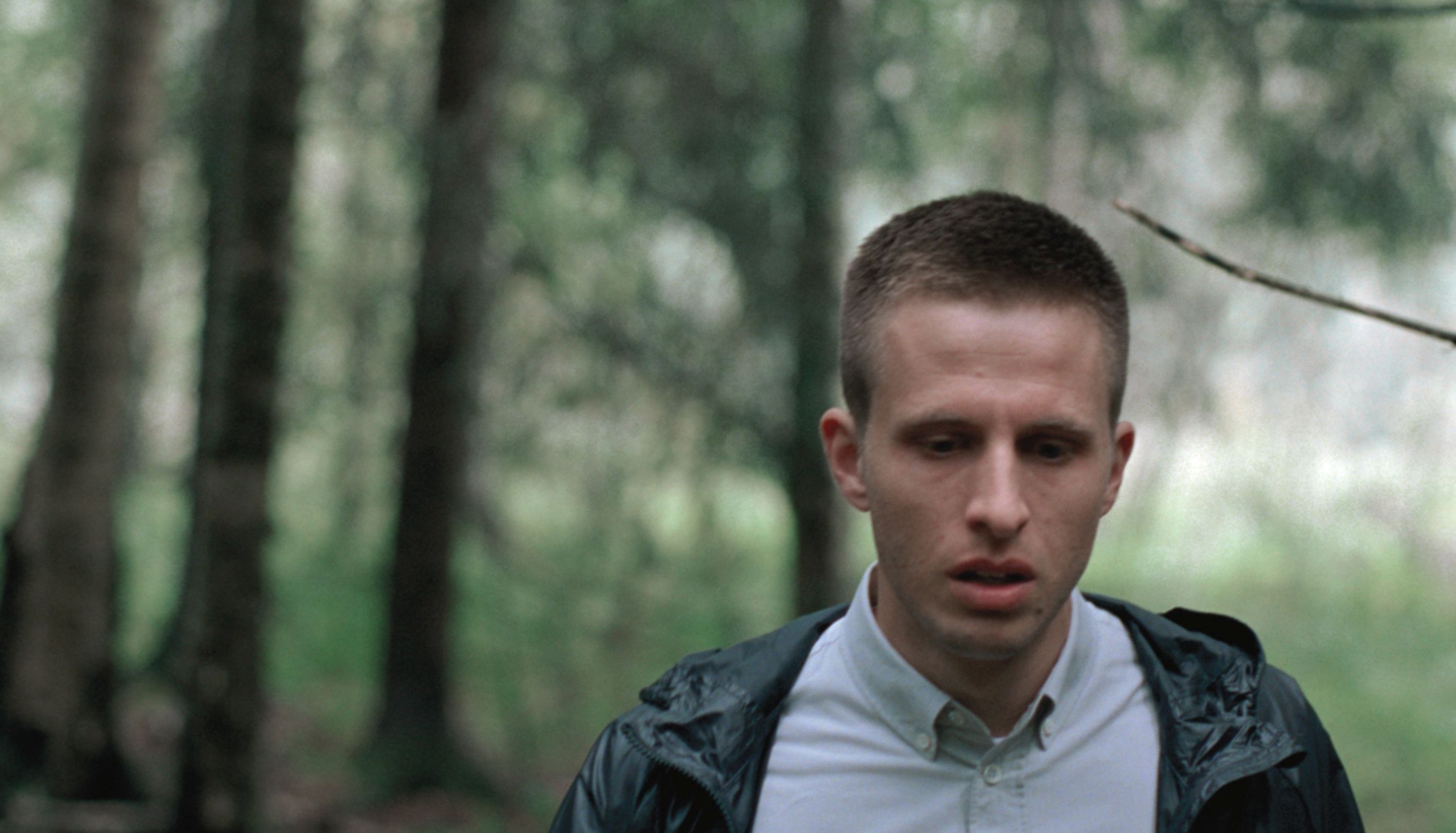
Suicide isn’t a thing to be taken lightly, but director Joachim Trier handled his excruciatingly subtle, detailed account of the final day in a heartbreakingly sober junkie’s life with the respect his material deserved. Anders (Anders Danielson Lie), a heroin addict so tortured by “recovery” that its pain was apparent in his wiry veins and the bones in his face, was released from a rehab clinic on a day pass so that he can interview for a job as a writer at a magazine; before heroin, he was published and on his way to the kind of success he never wanted. But a day pass for this addict is just a new kind of torture, one filled with the faces of the people he took advantage of during the depths of addiction. Trier’s impressive balancing act was to understand his subject — suicide and the wasting of a gifted life — without allowing his audience to wallow in the self-disgust felt by his hero. We understood the way Anders was unable to interact with the world and, at the same time, the way that world simply existed and was nothing spectacularly dark or difficult. Trier was thoroughly in touch with reality and, he declared, so was Anders. Sometimes, Oslo, August 31st (TMT Review) suggested, being in touch with reality really is as difficult as it seems.
04. Your brother. Remember?
Dir. Zachary Oberzan
[brut]

Vying for the title of 2012’s best synthesis of home movies, appropriated footage, and performance art, we have Your brother. Remember? (TMT Review), Zachary Oberzan’s exceptional and immersive examination of brotherhood and the enduring importance of Jean Claude Van Damme’s Kickboxer. While in their teens, Oberzan and his brother Gator reenacted scenes from that gloriously awful film with a clunky camcorder and innocent ardor. Twenty years later, they revisited those clips and attempted to recreate them as accurately as possible, with Gator about 50 pounds heavier and with just as much enthusiasm. When they weren’t practicing their clumsy style of martial arts, Gator was musing about his addictions and stints in prison and praising his younger brother for breaking into the art world. Oberzan evoked relaxed and heartbreaking confessionals from Gator that eliminated the barrier between viewer and subject. We empathized with him in part because those of us who grew up making naïve videos and idolizing since-fallen stars could relate. As the disjointed format played with our memories, Gator became someone we knew: a distant cousin, the clerk at the convenience store back home, maybe even our own brother.
03. Moonrise Kingdom
Dir. Wes Anderson
[Focus]

Like a cuddlier, funnier Kubrick, Wes Anderson has made a name for himself as a designer of rich, meticulously crafted tableaux. A miniaturist so deft as to make you feel like you’re slipping on a favorite old coat when you settle into his films, he’s come to be a sort of household name. His novel approach is one of many things that makes movie-going worthwhile: not simply “controversial” or “boundary-pushing,” but signature-framing devices and deadpan flair. Anderson proves there’s nothing wrong with artifice, especially when it’s as raw and ridiculous and cathartic as the story of Suzy and Sam. If there was a first here for the director, it was letting some new faces take center stage, while the well-known adult actors worked as side players. If one were to look deeper, this was actually a film about new loves and old loves, each rendered with their share of jaundice, but unwieldy and uncannily essential in their sensuality. Anderson may be a bit of a hyperstylist, but — similarly to Charlie Kaufman — he has a keen eye for stirring pathos and the subtler traits of human interaction. It’s all over his greatest efforts, and Moonrise Kingdom (TMT Review) was no exception.
02. The Master
Dir. Paul Thomas Anderson
[The Weinstein Company]
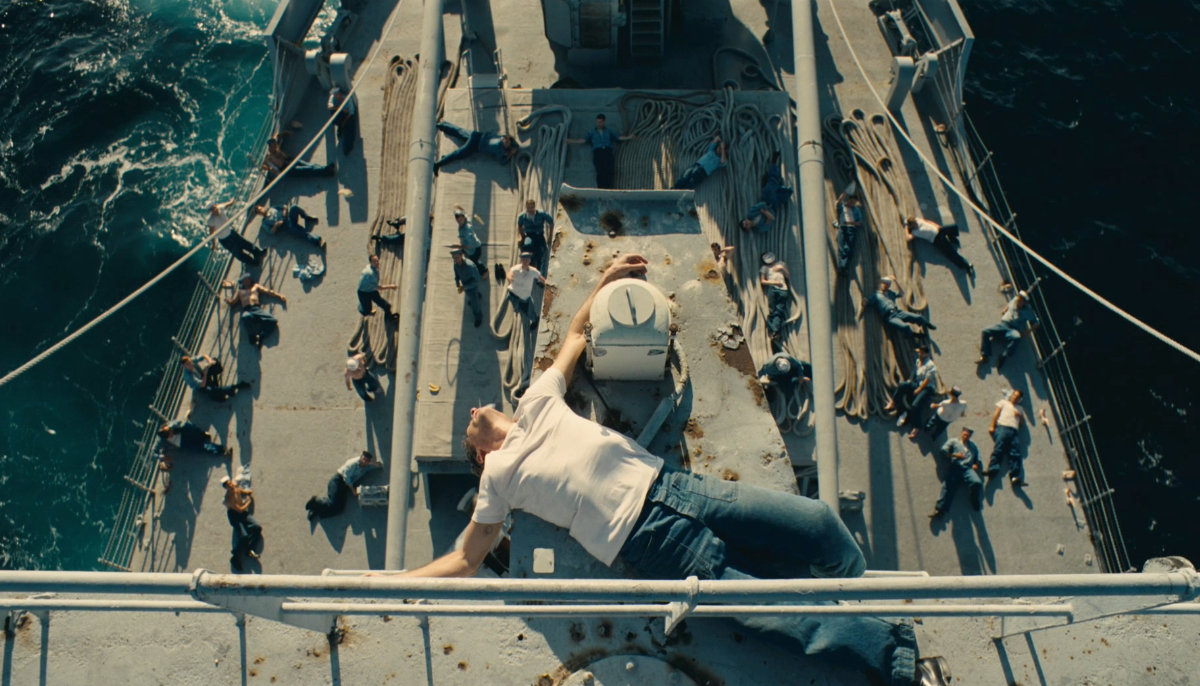
As of 2012, Paul Thomas Anderson stands as one of contemporary cinema’s great humanists. Since his 1996 debut feature Hard Eight (or Sydney to all you PTA-philes), his films have examined the inner natures of gamblers, porn stars, drug addicts, oil tycoons, and even Adam Sandler, with a sensitivity and compassion almost at odds with their sweeping camerawork and experimental techniques. His work can roughly be divided into two categories: the accessible (Boogie Nights, There Will Be Blood, Hard Eight) and the enigmatic (Magnolia, Punch-Drunk Love). Although this year’s The Master (TMT Review) likely belongs in the latter group, the film’s human center, anchored by the virtuoso performances we have come to expect from anyone cast by Anderson, shined through its sometimes impenetrable exterior. Freddy Quell’s (Joaquin Phoenix) psychic scars and longing for connection guided us through his bizarre odyssey of alienation from post-war American society. In Lancaster Dodd (Philip Seymour Hoffman), a comforting father figure loomed beneath the megalomaniac con artist, thus providing the draw for his pseudo-scientific, pseudo-Scientology cult known as The Cause. Their father-and-prodigal-son bond played out against narrative expectations, but ultimately, this might preserve the film in our memories. While nobody drank anyone’s milkshake, there was certain beauty to the dreamlike way the film ended, leaving us mesmerized as we stumbled out of the theater to swill up some homemade hooch.
01. The Turin Horse
Dir. Béla Tarr
[Cinema Guild]
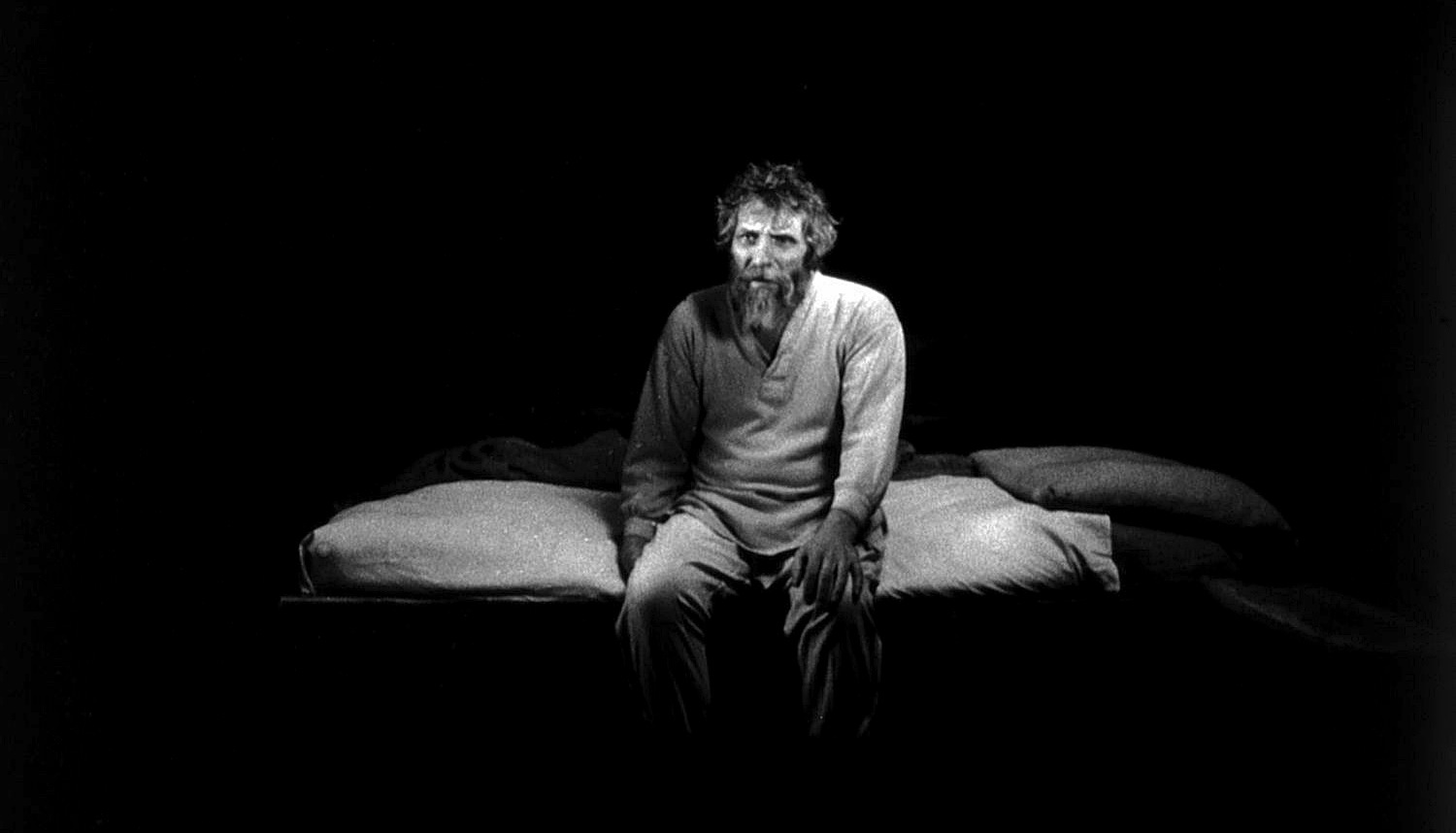
Has any medium been more invested in our destruction than film? In its mere century-long history, the screen has imagined more apocalypses than the combined millennia of the world’s religions. Like the Book of Revelation, film’s destruction of the world has somehow always been prophecy: perpetually in our future, even when gaudy Technicolor or dated LCD screens belie decades of age, even when set in the past. The allure of these filmic extinctions is the glimpse (usually with sweeping aerial views of worldwide catastrophe) of what we will always be unable to see after the theater lights go on, a memory of what we shouldn’t remember. Even after watching an emotionally-crushing apocalypse like last year’s Melancholia, the act of walking out of the theater felt buoyant. The smells of concession stands. Brake lights in the parking lot. We survived.
Hungarian director Béla Tarr’s The Turin Horse offered no such relief in its vision of the end. Instead of the sensorial overload of apocalyptic spectacle, Tarr’s steady hand nearly imperceptibly choked us out, gradually stripping away all filmic distractions until all that was left was the clockwork routine of his protagonists’ daily struggle for sustenance, beating like the pulse in our blood-red faces. No explosions, no panicked masses, no super cool shots of the Earth from outer space. Only relentless wind, a stubborn horse, and a father and his daughter who dressed in near-rags, got water from a well, chopped wood, lit a lamp, and boiled potatoes that they ate with their fingers. Filmic apocalypses usually celebrate life’s pleasures before they explode them; Tarr reduced it to rote, familial labor whose boring fruits simply diminished into blackness.
For all its material and narrative paucity, The Turin Horse was hardly minimal. In his strongest films, Tarr is like a Richard Serra sculpting with celluloid, creating a sense of monumentality out of the sheer poundage of his film reels and the preposterous length of his shots. His 1994 film Sátántangó took over seven hours to go through a story that could’ve been comfortably condensed into a typical Hollywood runtime. Six years later, Werckmeister Harmonies filled two and a half hours with 39 shots. The Turin Horse had a mere 30 for the same runtime, and the director’s long shots have never been more technically jaw dropping or more essential to his material.
In Camera Lucida, the last book written by literary theorist Roland Barthes before his death in 1980, he constructs a personal phenomenology of photography: for him, the essence of the photograph is always the past, “that which has been.” Ultimately, that essence morphs into death itself: photography says “this is dead and that is going to die.” Yet film, he says — animated (not frozen in time) and not, like photography, collapsing all distance between the object represented and the medium of representation — escapes this.
He hadn’t seen Tarr’s films. In The Turin Horse, an eternity went by as the camera followed the daughter’s windblown silhouette walk through a field, and in this suspension of cinematic progression, she became frozen in time even while the minutes passed. The subjects of daguerreotypes, too, had to sit endlessly to become less than a moment. Unlike any other apocalypse on film, The Turin Horse revealed a past that has ended, not a future that will.
It’s not clear that anyone survived, especially the audience. The film’s father and daughter may or may not be 19th-century peasants, but the distance between them and audiences was more than a few hundred years. Their world had no pleasure or distraction; ours is mostly surplus. Tarr has made a career out of defiantly modernist storytelling that mostly withholds distraction from audiences or drives them to it. But after the last necessities of the family in The Turin Horse vanished and the theater’s lights went up, his oeuvre’s mudlike slowness and lack of modern sheen seemed to justify itself. After watching The Turin Horse, anything more than its monument to the monotony of survival seemed unthinkable (as did ever eating a boiled potato again).
In his book City of Quartz, historian Mike Davis discovers that the city that movies are most likely to destroy is Los Angeles. It’s not just our destruction filmmakers are drawn to — it’s their own. Béla Tarr has said that The Turin Horse is his final film; he has said he doesn’t want to “repeat himself,” but what’s more likely is that he never could. Rumors of the end times, most of them kinda jokey, defined 2012, but for film, it likely is the end, as film manufacturers close up shop and major movie studios make the switch to digital masters instead of film reels. For a director who’s said that the 11-minute time limit of the standard Kodak reel is “censorship,” that must truly be apocalyptic.
Entries on our 2012 film list like Your brother. Remember? and Doggiewoggiez! Poochiewoochiez! give us hope for the future of digital filmmaking. But there’s no more thrilling a memorial to technological progress’ destruction of celluloid than The Turin Horse’s laborious tedium.

We celebrate the end of the year the only way we know how: through lists, essays, and mixes. Join us as we explore the music and films that helped define the year. More from this series
